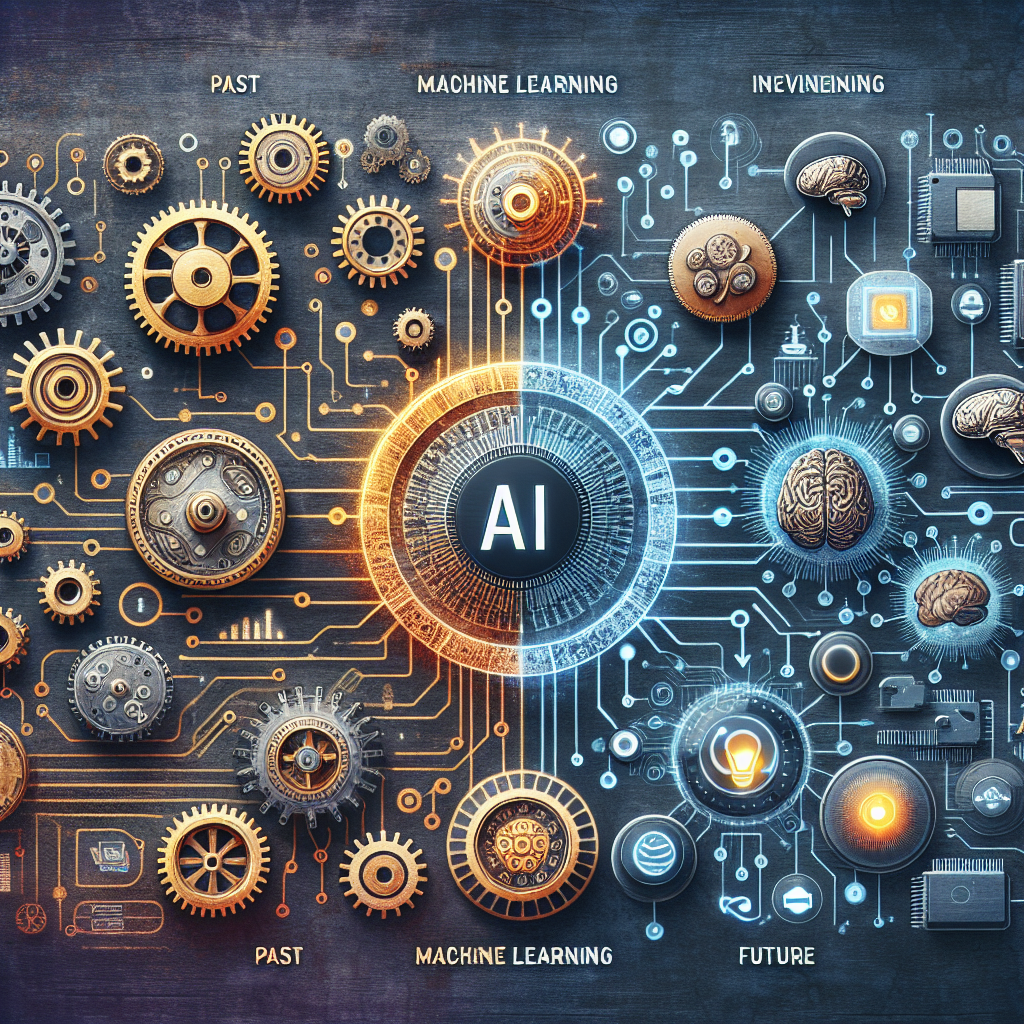The Evolution of AI and Machine Learning in Marketing
Artificial Intelligence (AI) and machine learning are revolutionizing the way marketers understand and engage with their target audiences. These technologies have the potential to transform the marketing landscape, enabling businesses to deliver more personalized and targeted campaigns, optimize marketing strategies, and drive better results.
In this article, we will explore the evolution of AI and machine learning in marketing, discuss the benefits of using these technologies, and provide insights into how businesses can leverage them to improve their marketing efforts.
Evolution of AI and Machine Learning in Marketing
AI and machine learning technologies have been around for decades, but it is only in recent years that they have started to gain widespread adoption in the marketing industry. The evolution of these technologies has been driven by advances in data analytics, computing power, and the availability of vast amounts of data generated by consumers through digital channels.
In the early days of marketing, businesses relied on traditional methods such as demographic targeting, market research, and focus groups to understand their customers and create targeted campaigns. While these methods were effective to some extent, they were limited in their ability to deliver personalized and relevant messaging to individual consumers.
With the advent of AI and machine learning, marketers now have access to powerful tools that can analyze vast amounts of data in real-time, identify patterns and trends, and make predictions about consumer behavior. These technologies enable businesses to deliver more personalized and targeted campaigns, optimize marketing strategies, and drive better results.
Benefits of AI and Machine Learning in Marketing
There are several key benefits of using AI and machine learning in marketing:
1. Personalization: AI and machine learning technologies enable businesses to create personalized and relevant marketing campaigns that resonate with individual consumers. By analyzing data such as browsing behavior, purchase history, and social media interactions, marketers can tailor their messaging to meet the specific needs and preferences of their target audience.
2. Predictive Analytics: AI and machine learning technologies can analyze vast amounts of data to identify patterns and trends, and make predictions about consumer behavior. This enables businesses to anticipate the needs and preferences of their target audience, and tailor their marketing strategies accordingly.
3. Automation: AI and machine learning technologies can automate repetitive tasks such as data analysis, campaign optimization, and customer segmentation, freeing up marketers to focus on more strategic initiatives. This allows businesses to operate more efficiently and effectively, and drive better results.
4. Real-Time Insights: AI and machine learning technologies can analyze data in real-time, enabling businesses to respond quickly to changing market conditions and consumer preferences. This allows marketers to make informed decisions and adjust their strategies on the fly, leading to better outcomes.
How Businesses Can Leverage AI and Machine Learning in Marketing
There are several ways that businesses can leverage AI and machine learning in their marketing efforts:
1. Customer Segmentation: AI and machine learning technologies can analyze customer data to identify segments based on demographics, behavior, and preferences. This enables businesses to create targeted campaigns that resonate with specific groups of consumers, and drive better results.
2. Content Optimization: AI and machine learning technologies can analyze content performance data to identify trends and patterns, and optimize messaging for maximum impact. This allows businesses to create more engaging and relevant content that drives customer engagement and conversions.
3. Predictive Analytics: AI and machine learning technologies can analyze historical data to make predictions about future consumer behavior. This enables businesses to anticipate trends, identify opportunities, and adjust their strategies to drive better results.
4. Marketing Automation: AI and machine learning technologies can automate repetitive tasks such as data analysis, campaign optimization, and customer segmentation. This enables businesses to operate more efficiently and effectively, and drive better results.
FAQs
Q: How can AI and machine learning help businesses improve their marketing efforts?
A: AI and machine learning technologies can help businesses improve their marketing efforts by enabling them to create personalized and relevant campaigns, optimize marketing strategies, and drive better results.
Q: What are some common applications of AI and machine learning in marketing?
A: Some common applications of AI and machine learning in marketing include customer segmentation, content optimization, predictive analytics, and marketing automation.
Q: How can businesses get started with AI and machine learning in marketing?
A: Businesses can get started with AI and machine learning in marketing by investing in the right tools and technologies, building a team of data scientists and analysts, and experimenting with different strategies to see what works best for their business.
Q: What are some potential challenges of using AI and machine learning in marketing?
A: Some potential challenges of using AI and machine learning in marketing include data privacy concerns, regulatory compliance issues, and the need for specialized skills and expertise to implement and manage these technologies effectively.
In conclusion, AI and machine learning technologies have the potential to transform the marketing landscape, enabling businesses to deliver more personalized and targeted campaigns, optimize marketing strategies, and drive better results. By leveraging these technologies effectively, businesses can gain a competitive advantage, and stay ahead of the curve in today’s fast-paced digital economy.

